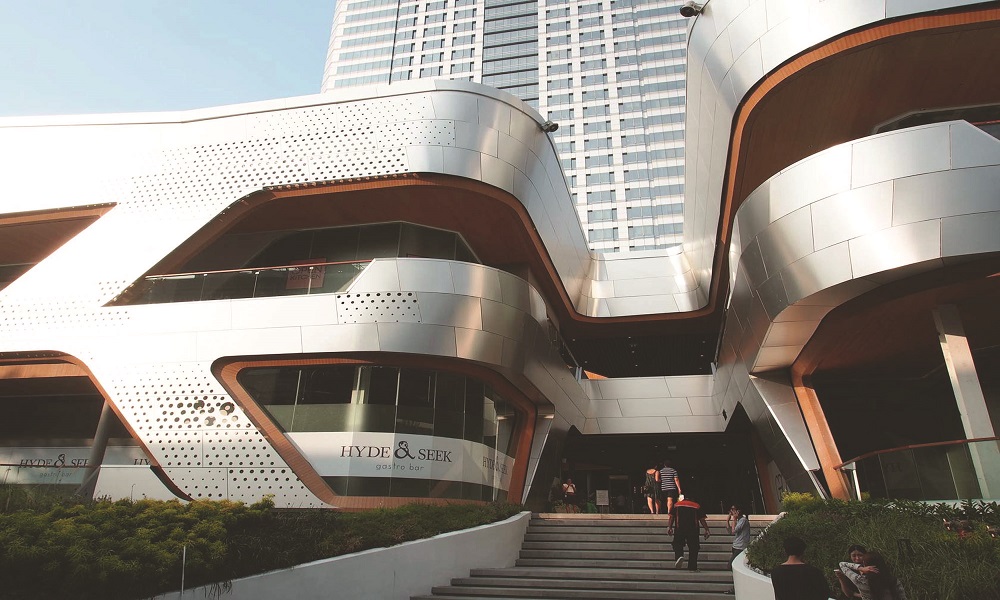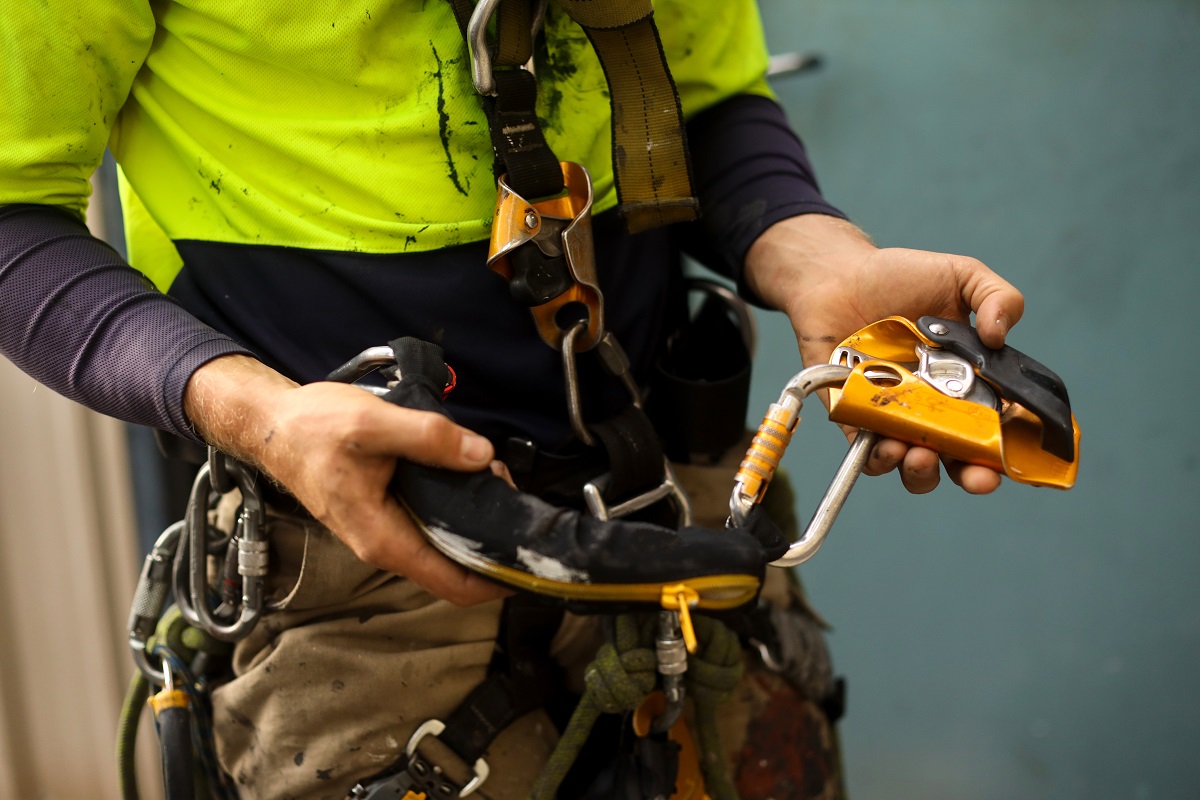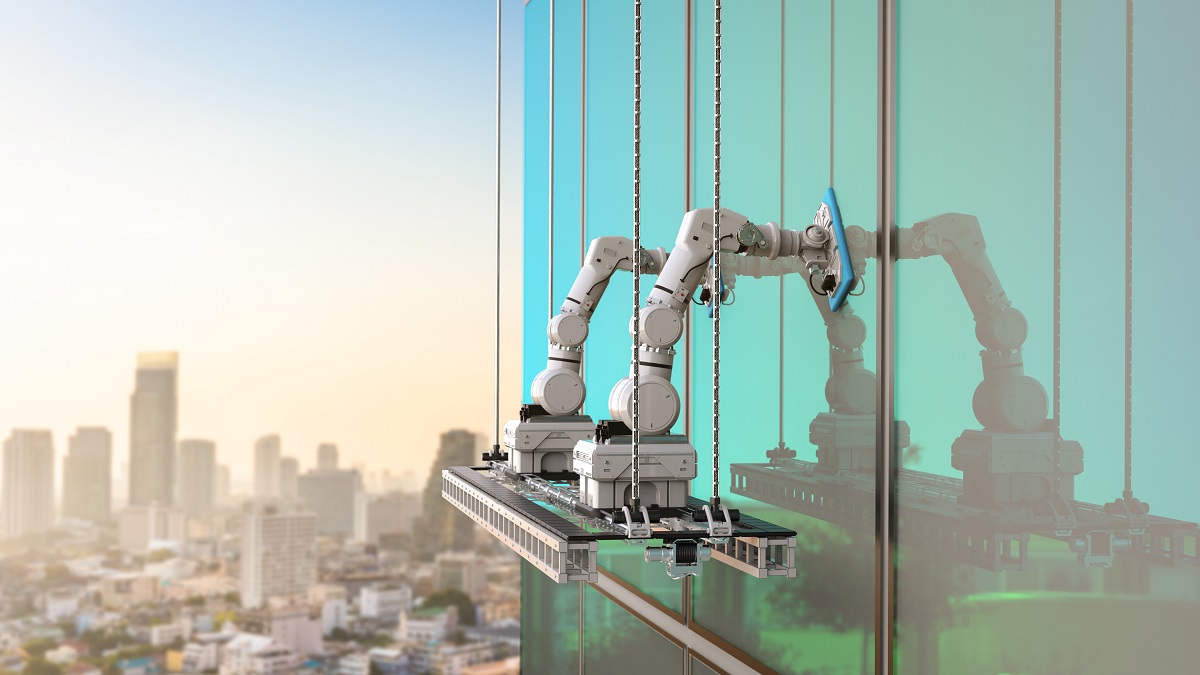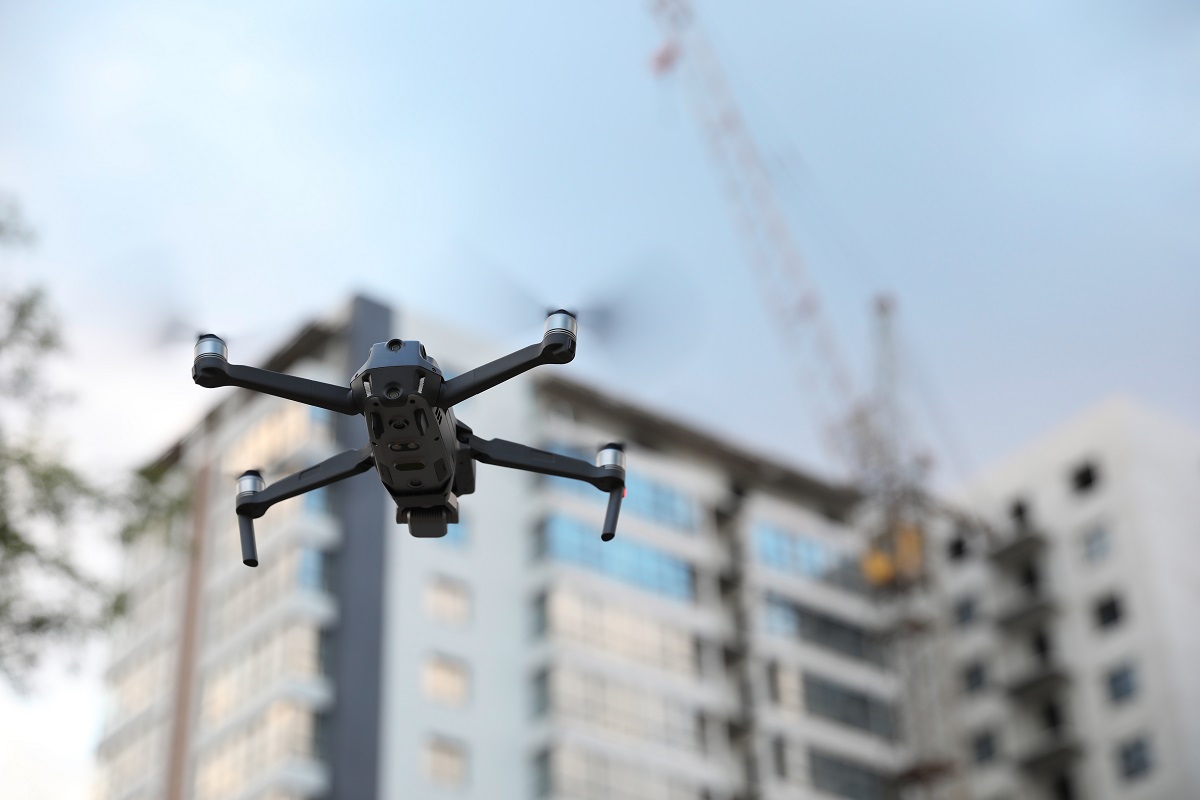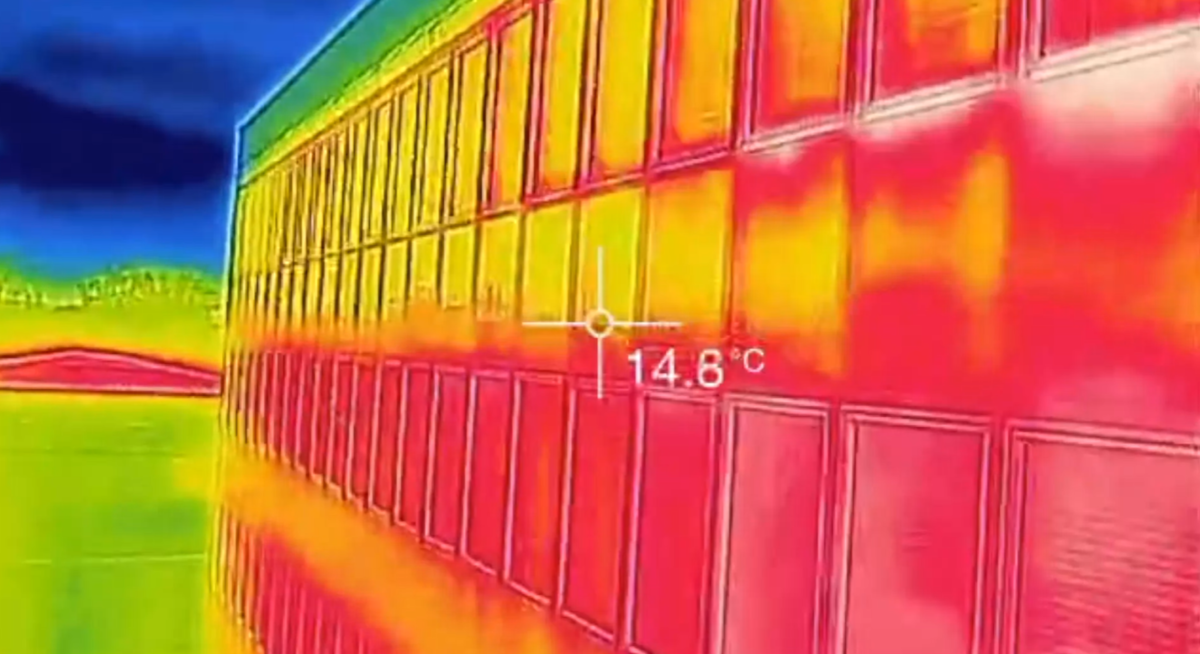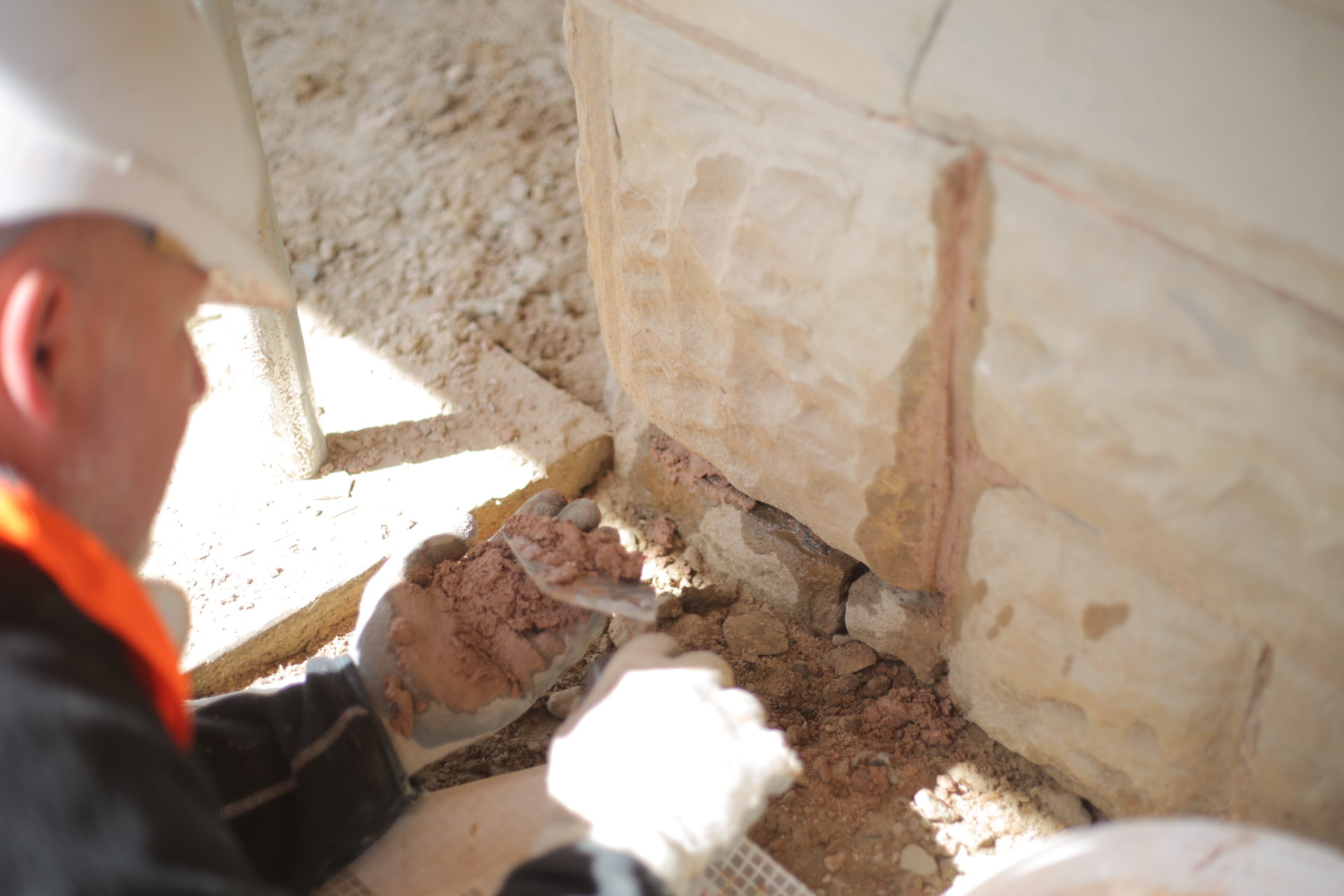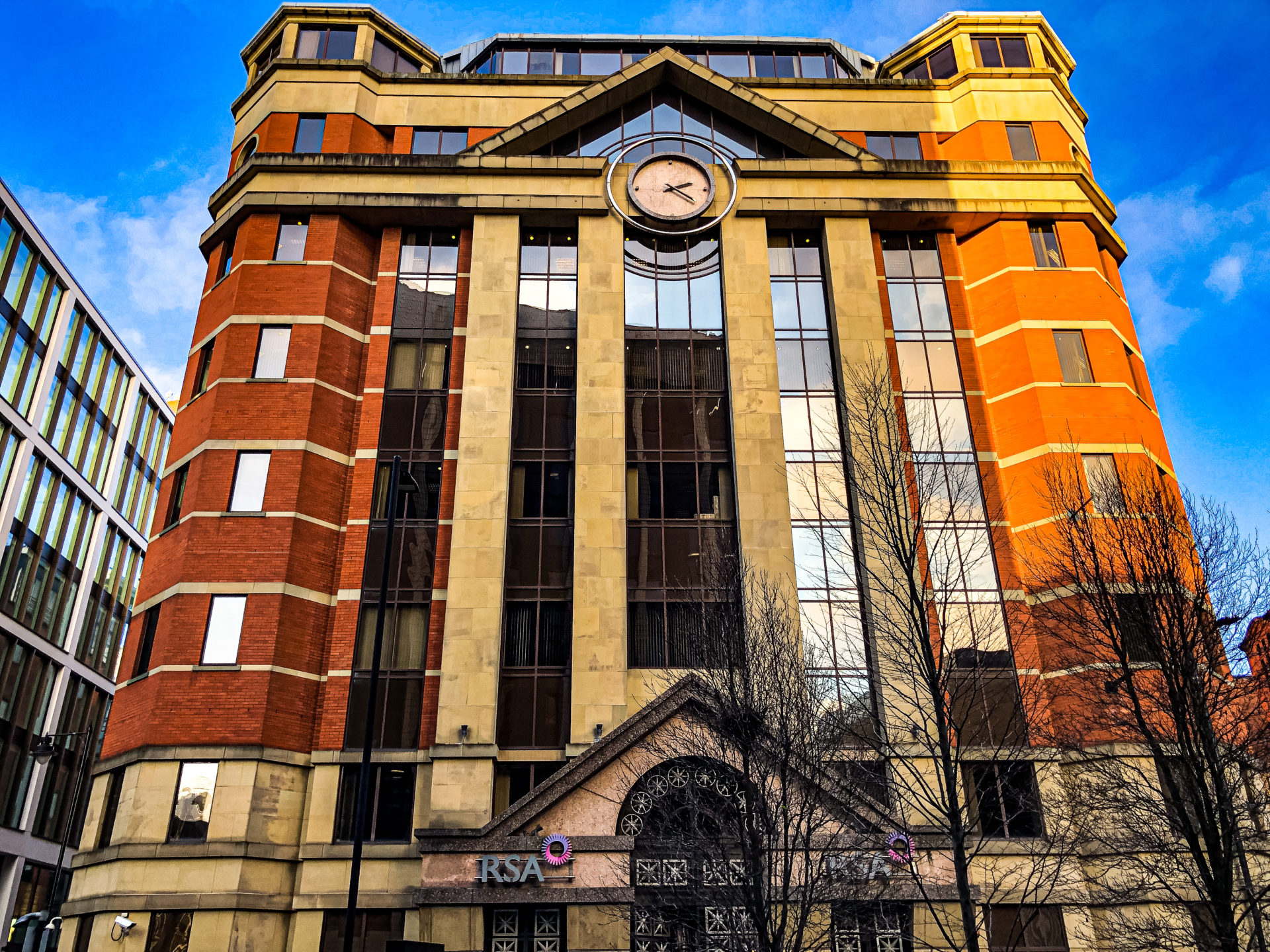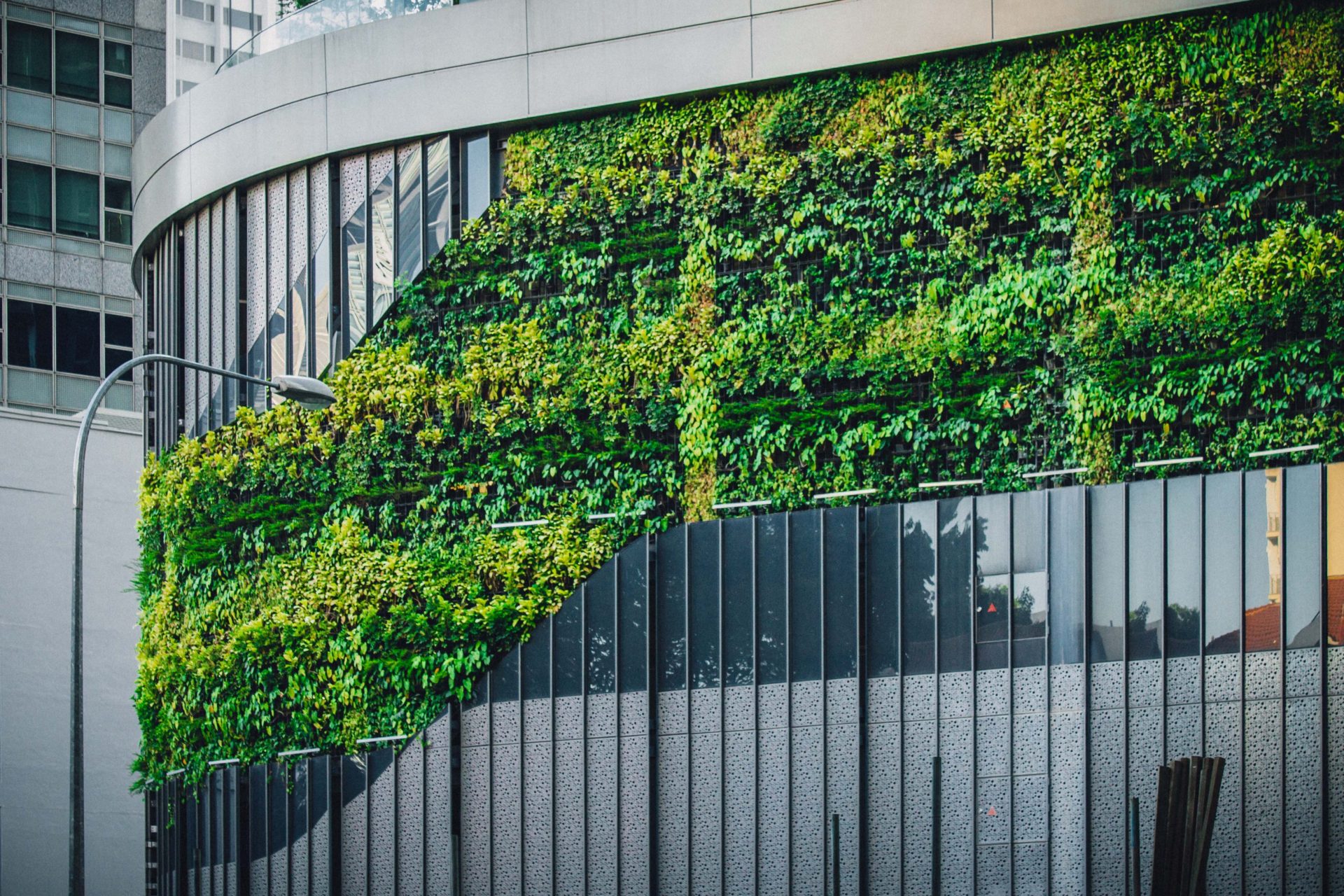Material innovation and creative architectural façades designs will always play a significant role in assisting building sustainability objectives. Innovation must effectively work in line with functionality, aesthetic and commercial returns in order for it to be an attractive and utilised solution. This need is what can often create limitations in their appeal or speed of installation.
By designing and constructing building façades that take full advantage of elevation specific and localised weathering conditions (such as south elevations for photovoltaic façade installations or bioclimatic designs) we can continue to gradually move towards a more sustainable future.
Many of the green building policies, objectives and targets for sustainability are understandably directed towards new building construction. However this gives little consideration to how we can improve performance or innovations for prolonging the lifespan of current building façades and how this space could more effectively be utilised, retrofitted or managed to help deliver a more sustainable future.
Built façade environments need more planned inspections for effective asset protection and maintenance, ensuring owners and managers of large buildings and expensive capital assets are fully armed with the information and resources they need to make informed business decisions. There must be reviews on traditional external glass and façade cleaning procurement and programming with questions raised around the value that it currently delivers and its ability to comply with sustainability objectives. It requires a more creative approach and commitment to asset protection rather than new development or replacement. Simply designing and installing new products ultimately use resources throughout the manufacturing, delivery and installation lifecycle.
Prevention is always a more effective strategy than cure, so proactive façade management and material innovation should be a key sustainable building or facility management solution that protects and prolongs the life span of in-situ façades, thus supporting innovation progress and sustainability targets.


